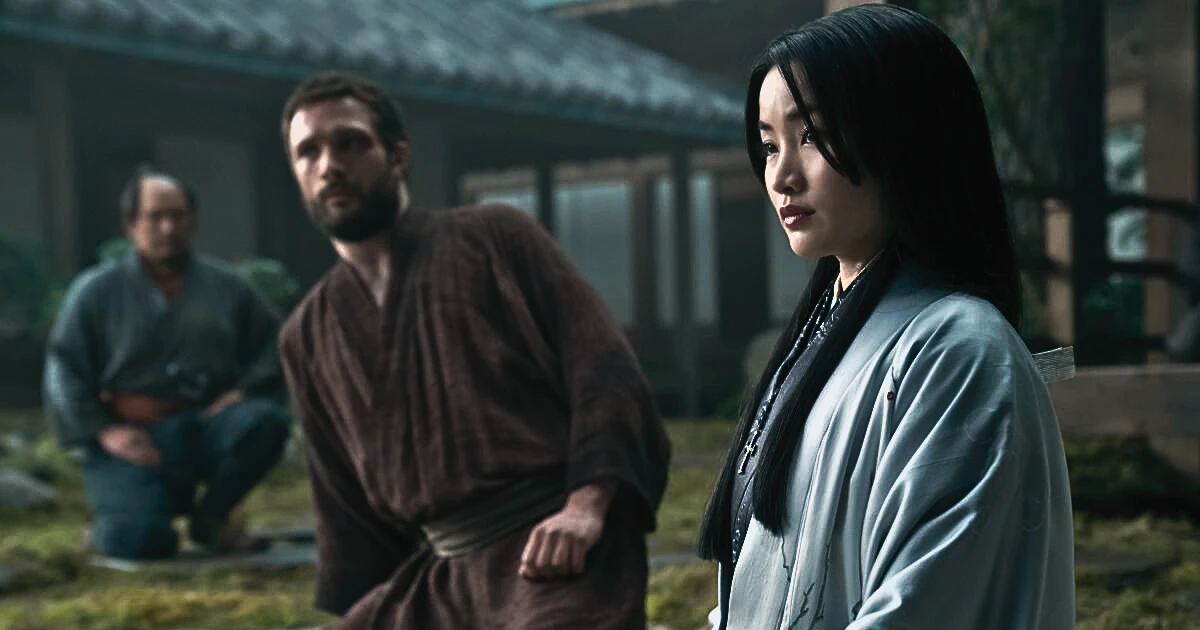The Hierarchies in Shogun Series Explained: Emperor, Shogun and Daimyo
James Clavell’s captivating novel, Shogun, transports readers to a tumultuous period in Japanese history, the 17th century. The story, rich in cultural details and intricate power struggles, revolves around a shipwrecked Englishman, John Blackthorne, who gets embroiled in the complex web of hierarchies that define Japanese society. To fully grasp the narrative’s political landscape, understanding the intricate power dynamics between the Emperor, Shogun, and Daimyo is crucial.
The Hierarchies in Shogun Series Explained: Summary
- Emperor: Symbolic head of state, divine figure, limited real power.
- Daimyos: Feudal lords, control specific domains, hold significant power within, owe allegiance to Shogun.
- Shogun: Holds real political & military power, appointed by Emperor, commands Daimyos.
- Emperor vs. Shogun: Emperor holds higher symbolic authority; Shogun wields real power.
- Understanding hierarchies: Crucial for appreciating characters’ motivations, context of the story, and historical understanding.
The Emperor: A Symbolic Head of State
In theory, the Emperor sits at the pinnacle of the Japanese hierarchy. He is considered a divine figure, descended from the sun goddess, Amaterasu. This divine lineage grants the Emperor immense symbolic authority and legitimacy, making him the religious head of state. He performs various ceremonial and religious duties, upholding the ancient traditions and maintaining social order.
However, in reality, the Emperor’s political power is severely limited. He is often confined to the luxurious isolation of the Imperial Palace in Kyoto, with little to no control over the political or military affairs of the nation. This powerlessness becomes clear in Shogun as the novel portrays the Emperor as a distant figure, largely dependent on the Shogun for guidance and protection.
Daimyos: Lords of the Land
The Daimyos were the feudal lords who held direct control over their respective domains across Japan. They wielded considerable political and military power within their territories. Their responsibilities included:
- Collecting taxes from farmers and merchants
- Maintaining law and order
- Providing military forces to the Shogun when summoned
The Daimyos wielded significant autonomy, often engaging in power struggles and skirmishes with neighboring domains. However, their ultimate loyalty was to the Shogun as the official military leader of the nation.
Shogun portrays several Daimyos, like Lord Toranaga and Lord Yabu, who actively plot and maneuver, showcasing their immense influence and ambitions within the feudal system.

Daimyo vs Shogun: Demystifying the Power Struggle
While both Daimyos and the Shogun held significant power, their positions differed crucially:
- Origin of Power:
- Daimyos: Derived their authority from their lineage and control over their lands.
- Shogun: Appointed by the Emperor, but wielded real, executive power throughout the nation.
- Nature of Power:
- Daimyos: Power was primarily localized within their domains.
- Shogun: Held national authority, commanding the allegiance of all Daimyos and their military forces.
- Symbolism:
- Daimyos: Represented regional power and influence.
- Shogun: Embodied the centralized military authority and the Emperor’s power (albeit symbolically).
Is the Shogun Above the Emperor?
Technically, no. The Emperor held the higher position in terms of symbolic and religious authority. However, the Shogun held the reins of real political and military power. In Shogun, Lord Toranaga, the ambitious warlord, aims to become Shogun, highlighting the immense political influence and control associated with the position.
It’s important to understand that this power dynamic wasn’t always clear-cut. The relationship between the Emperor and the Shogun was often fraught with tension and power struggles, as portrayed in the novel. The Daimyos, too, played a crucial role in this complex equation, sometimes siding with the Emperor, sometimes with the Shogun, depending on their own ambitions and interests.
Understanding the Hierarchies: Key Takeaways
The intricate web of hierarchies in Shogun reflects the complexities of feudal Japan. Understanding these power structures enables readers to:
- Appreciate the motivations and actions of the characters in their quest for power and influence.
- Grasp the political and social context in which the story unfolds.
- Gain deeper insights into the historical context of 17th-century Japan.
By delving into the hierarchies of the Emperor, Shogun, and Daimyos, we gain a richer understanding of Shogun and its portrayal of a fascinating historical period in Japanese history.
What is Avatar: The Last Airbender Simple Explaination
Conclusion: Navigating the Labyrinth of Power
The power dynamics in Shogun are a captivating and intricate dance between the symbolic and the real. While the Emperor holds a revered position as a divine figure, true power rests with the Shogun, the military leader commanding the loyalty and resources of the Daimyos, the powerful feudal lords. Understanding these intertwined hierarchies is key to unlocking the complexities of the narrative, appreciating the characters’ motivations, and enriching your understanding of this fascinating glimpse into Japanese history.
Shogun invites us to delve deeper into the historical tapestry of a bygone era, where the lines between tradition and ambition, duty and desire, constantly blurred, shaping the destinies of individuals and the fate of a nation.
